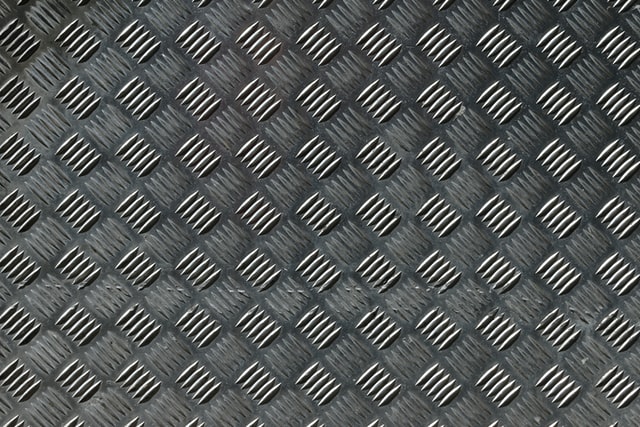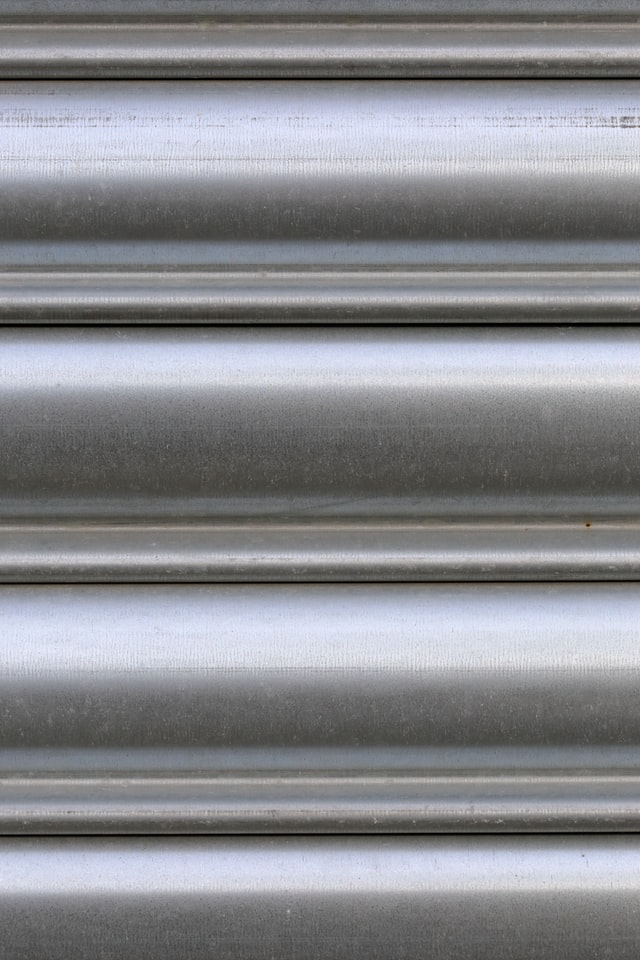Density of stainless steel – when holding a stainless steel lunchbox, we rarely think about what stainless steel density it is made of.
Not only the weight or stability of the material depends on how high its density is.
What is the average density of stainless steel?

There is no single answer to the question because there are many different stainless steel types and material numbers such as 1.4301 or 1.4404.
Each type has a different role in surface processing and contains different alloying elements like chromium, nickel, titanium, or molybdenum – all with different densities.
How is the density of steel calculated?
Steel, aluminum, and stainless steel are the three most used construction materials.
Calculating mass is crucial not only in structural engineering, but also in transportation and lifting equipment.
Material savings also provide economic benefits. While total construction weight is often complex to calculate, the weight of sheet metal elements can be determined using a standard formula.
Generally, it is assumed to have a density of approximately 8 kg/dm³.
This means 1 m² of stainless steel sheet with 1.0 mm thickness theoretically weighs 8 kg.
Exact weights may vary slightly depending on the alloy’s composition.
Molybdenum, for example, has a density of 10.2 kg/dm³. Thus, a 1000×1000×1 mm sheet made from high-molybdenum steel weighs more due to its higher density.

For simplicity, a factor of 8 is typically used to calculate the weight of most common stainless steel types.
Influence of alloying elements on density
Alloys affect not only material properties but also density.
Titanium, for example, is very hard yet has a low density – which makes titanium components very lightweight. That’s why it’s used in jewelry and watch cases.
Molybdenum increases strength, but also adds weight due to its density.
Steel grade 2.4816 contains up to 1% molybdenum and has a density of 8.5 kg/dm³.
The chrome-nickel-molybdenum alloy 1.4404 (V4A) contains less than 1% molybdenum and is less dense.
V2A stainless steel does not contain molybdenum and has a density of “only” 7.9 kg/dm³.
High density, high stability
Compared to aluminum, stainless steel is much heavier, but its higher density and strength make it more durable.
Brass has a higher density than stainless steel (V2A or V4A), but lacks the corrosion resistance of alloyed steel.


